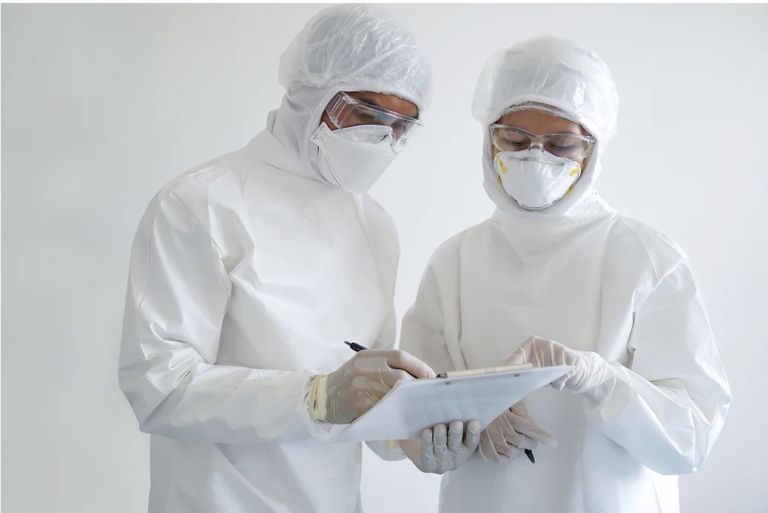
B2B or B2C Market Bases. Surveys in trademark infringement cases, seek respondents for all kinds of products from tennis shoes and beauty products, to equipment supplied to service providers such as dentists, doctors or hospitals. The selected audience or universe to survey depends upon the legal questions, the type of product or service litigated and the market base. An expert taps a different base for products and services sold to the general public or business-to-consumers (B2C) as opposed to products and services that are sold in a business-to-business (B2B) setting. B2B markets are generally tougher to survey than B2C because of the specialized target base. For example, selling personal protective equipment (PPE) to hospitals, dentists, and doctors have very specific buyers. In likelihood of confusion assessments, surveys assess potential buyers rather than end users.
For small businesses such as a hands-on medical practice, the potential purchasers and end users may be the same. With hospitals, the purchasers are generally administrators, rather than the doctors, nurses, or respiratory therapists who actually use the product. A fame survey measures the general national population such as who has heard of 3M.
Determining the Universe with B2C. To determine the universe for a trademark infringement survey, an expert relies upon the trial lawyer to obtain target market information from the client before designing and launching a survey. Sometimes the B2C universe is broader that the client realizes. For instance, some clients may target market consumers in their 40s and 50s, but the market research may determine that people over 50 years of age also purchase that product or service. The expert should ensure a sample of the older age group be included in the survey. Geography (local, regional or national) needs to be considered as well. Consumer markets for common personal items (toothpaste), food items (snacks, drinks) or household items (toilet paper) are easier to assess than a B2B market where businesses target suppliers, retailers, or professional associations.
3M Holding the B2B Supplier Accountable for False Representation. 3M was disparaged for gouging when it had no knowledge that its supplier misrepresented to hospitals about the terms of the supplier’s contract. The supplier, who legitimately sold 3M’s masks (not counterfeits), misrepresented that 3M was directly behind this contract and gouged hospitals during the pandemic. When a supplier disparages a trademark by gouging, parties can rely on actual confusion rather than likelihood of confusion tests.
Actual Confusion or Likelihood of Confusion. Actual confusion can be a small number to obtain damages in a trademark infringement suit. Actual confusion comes from purchasers with direct contact reporting the confusion. If there is advertised material, surveying a list of those who downloaded an opponent’s misleading eBook, brochure, or an article, can lead to further direct evidence of actual confusion. Someone who downloaded misleading materials may buy or advise someone to buy the product or service because they directly saw an eBook, brochure, or article. Alternatively, likelihood of confusion comes from those who are likely to have contact with the product or service. Potential purchasers might not actually have seen the alleged infringing item, but qualify as potential purchasers in a likelihood of confusion survey.
To Survey or Not to Survey. Actual confusion as proof is best. Trademark surveys can be expensive. If there is no strong evidence of actual confusion and money permits, it is advantageous to do a consumer survey. Parties may justify the cost where there is no existing evidence of actual confusion or a likelihood of confusion. Start with a pilot survey to test the survey methods and get a feel for the outcome. A pilot survey can be rolled into the full survey, if no adjustments need to be made.
